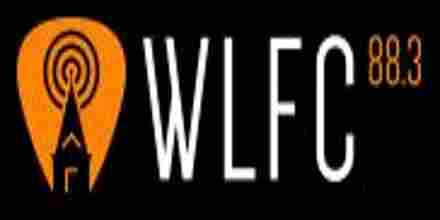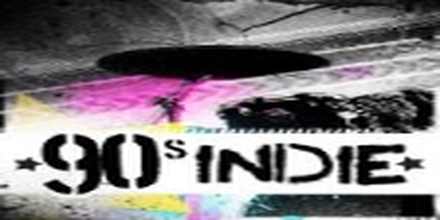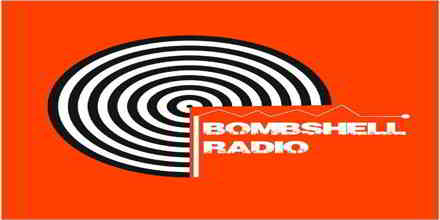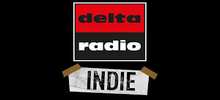Indie music, short for independent music, is a broad term that encompasses various styles and sounds, all united by their non-mainstream origins and DIY ethos. Emerging in the late 1970s and early 1980s, indie music initially referred to bands and artists who released their music on independent labels, outside the corporate control of major record companies. Over time, the term has evolved to describe a wide range of musical styles that share certain aesthetic and cultural traits.
At its core, indie music is characterized by its emphasis on creativity, experimentation, and authenticity. Indie artists often prioritize artistic integrity over commercial success, resulting in music that can be raw, unpolished, and deeply personal. This approach has led to a diverse range of sounds within the genre, from the lo-fi, guitar-driven melodies of early indie rock bands like The Smiths and R.E.M., to the synth-pop influences of groups like New Order and The Cure.
The 1980s saw the rise of college radio as a key platform for indie music, providing a space for underground artists to reach audiences outside the mainstream. This period also witnessed the birth of influential independent record labels such as Sub Pop, which played a crucial role in launching the careers of bands like Nirvana and Soundgarden. The grunge movement of the early 1990s further popularized indie music, bringing it into the spotlight with albums like "Nevermind" by Nirvana.
As the internet age dawned, indie music found new avenues for distribution and discovery. Platforms like MySpace and later Bandcamp allowed artists to connect directly with fans, bypassing traditional gatekeepers. This democratization of music production and distribution led to an explosion of creativity, with sub-genres like indie folk, indie pop, and chillwave emerging.
Indie folk, with its emphasis on acoustic instruments and introspective lyrics, gained prominence through bands like Fleet Foxes and The Lumineers. Indie pop, characterized by its catchy melodies and upbeat rhythms, saw the rise of artists like CHVRCHES and Tame Impala. Chillwave, a sub-genre that blends elements of electronic music with dreamy, lo-fi aesthetics, featured artists like Toro y Moi and Neon Indian.
The 2010s brought further diversification within indie music, with artists pushing the boundaries of traditional genres. Indie rock continued to evolve, incorporating influences from hip-hop, electronic music, and world music. Bands like Arctic Monkeys and The Strokes blended classic rock elements with modern production techniques, while groups like Tame Impala experimented with psychedelic sounds.
Indie music's cultural impact extends beyond its sonic innovations. It has fostered a strong sense of community among fans and artists alike, often centered around local music scenes and independent venues. Festivals like South by Southwest (SXSW) and Coachella have become major events for indie music, showcasing both established acts and up-and-coming talent.
The DIY ethos of indie music has also influenced other creative fields, inspiring a generation of artists to take control of their own careers and artistic visions. This spirit of independence and innovation continues to drive the genre forward, ensuring that indie music remains a vital and dynamic force in the musical landscape.
In recent years, indie music has continued to evolve, with new sub-genres and hybrid styles emerging. Artists like Phoebe Bridgers and Julien Baker have brought emotional depth and vulnerability to indie folk and indie rock, while groups like The 1975 blend electronic, pop, and alternative influences. The rise of streaming services has further democratized access to music, allowing indie artists to reach global audiences more easily than ever before.
Indie music's enduring appeal lies in its commitment to artistic integrity and experimentation. Whether it's the raw energy of early indie rock or the dreamy textures of chillwave, indie music offers a rich tapestry of sounds that reflect the diversity and creativity of its artists. As the genre continues to evolve, it remains a testament to the power of independent expression in an increasingly commercialized world.
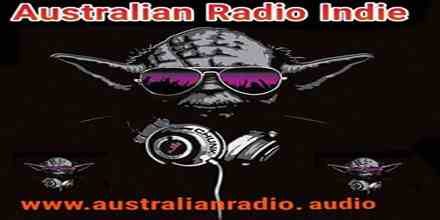 Australia Indie
Australia Indie 849
849
 1
United States, New York Indie 320 kbps MP3
1
United States, New York Indie 320 kbps MP3 548
548
 2
Netherlands, Meijel Indie 128 kbps MP3
2
Netherlands, Meijel Indie 128 kbps MP3






